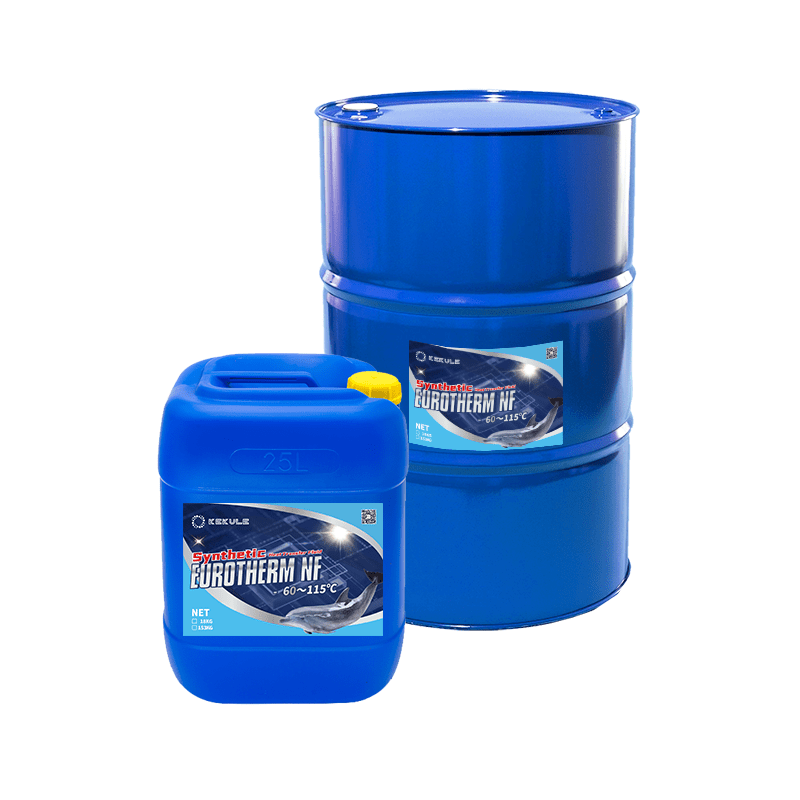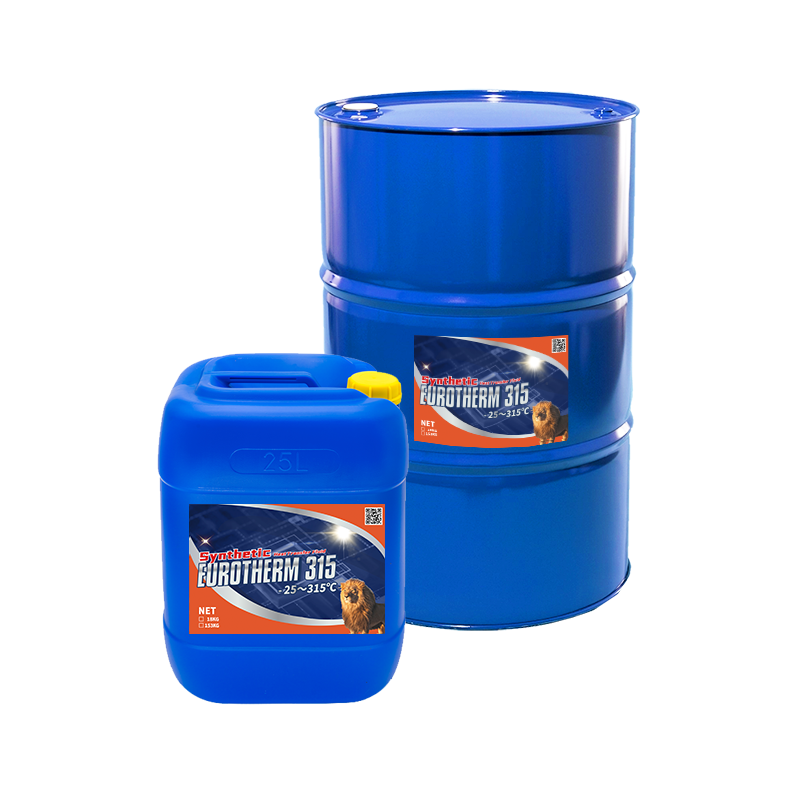Chemie for Beginners
The 7-Minute Rule for Chemie
Table of ContentsThe Best Guide To ChemieWhat Does Chemie Mean?What Does Chemie Do?Everything about ChemieThe smart Trick of Chemie That Nobody is DiscussingNot known Facts About Chemie
By Bojanna Shantheyanda, Sreya Dutta, Kevin Coscia and David SchiemerDynalene, Inc. Liquid cooling, which can be achieved making use of indirect or straight means, is used in electronic devices applications having thermal power densities that might go beyond safe dissipation via air cooling. Indirect fluid air conditioning is where warmth dissipating digital parts are physically separated from the liquid coolant, whereas in situation of straight air conditioning, the parts remain in direct contact with the coolant.In indirect air conditioning applications the electric conductivity can be essential if there are leakages and/or splilling of the fluids onto the electronic devices. In the indirect cooling applications where water based fluids with rust preventions are typically utilized, the electrical conductivity of the fluid coolant mainly relies on the ion focus in the fluid stream.
The boost in the ion focus in a shut loophole fluid stream might happen because of ion leaching from steels and nonmetal parts that the coolant liquid touches with. Throughout operation, the electrical conductivity of the liquid may enhance to a level which might be harmful for the air conditioning system.
9 Simple Techniques For Chemie
(https://www.bitchute.com/channel/1zhJpASNsf9U)They are bead like polymers that can exchanging ions with ions in a remedy that it touches with. In today work, ion leaching tests were executed with various steels and polymers in both ultrapure deionized (DI) water, i.e. water which is dealt with to the greatest degrees of pureness, and reduced electrical conductive ethylene glycol/water combination, with the measured change in conductivity reported in time.
The examples were permitted to equilibrate at space temperature level for two days before recording the preliminary electrical conductivity. In all examinations reported in this research fluid electrical conductivity was gauged to a precision of 1% using an Oakton CON 510/CON 6 collection meter which was calibrated before each dimension.
Not known Facts About Chemie
from the wall home heating coils to the facility of the heating system. The PTFE sample containers were placed in the furnace when stable state temperature levels were reached. The test setup was removed from the heating system every 168 hours (7 days), cooled to room temperature level with the electric conductivity of the fluid determined.
The electrical conductivity of the fluid sample was monitored for a total of 5000 hours (208 days). Schematic of the indirect shut loop cooling experiment set-up. Elements used in the indirect closed loop cooling down experiment that are in call with the liquid coolant.

The 9-Minute Rule for Chemie
During operation the fluid reservoir temperature was maintained at 34C. The modification in liquid electric conductivity was monitored for 136 hours. The fluid from the system was gathered and stored. Closed loop test with ion exchange resin was carried out with the very same cleansing procedures employed. The preliminary electric conductivity of the 230ml UP-H2O in the system determined 1.84 S/cm.

0.1 g of Dowex material was contributed to 100g of fluid examples that was absorbed a different container. The mix was mixed and alter in the electric conductivity at area temperature level was gauged every hour. The gauged modification in the electrical conductivity of the UP-H2O and EG-LC examination fluids including polymer or steel when involved for 5,000 hours at 80C is revealed Number 3.
What Does Chemie Mean?
Ion seeping experiment: Calculated change in electric conductivity of water and EG-LC coolants having either polymer or steel examples when immersed for 5,000 hours at 80C. The results indicate that metals added fewer ions right into the liquids than plastics in both UP-H2O and EG-LC based coolants.
Fluids consisting of polypropylene and HDPE showed the most affordable electric conductivity changes. This might be due to the short, inflexible, direct chains which are much less most likely to contribute find out here now ions than longer branched chains with weaker intermolecular pressures. Silicone also performed well in both test fluids, as polysiloxanes are typically chemically inert as a result of the high bond energy of the silicon-oxygen bond which would certainly avoid degradation of the material into the fluid.
The Main Principles Of Chemie
It would be anticipated that PVC would produce similar results to those of PTFE and HDPE based on the comparable chemical structures of the materials, nevertheless there might be various other contaminations existing in the PVC, such as plasticizers, that may influence the electrical conductivity of the fluid - heat transfer fluid. Additionally, chloride teams in PVC can additionally seep into the test liquid and can cause a boost in electric conductivity
Polyurethane completely broke down right into the test liquid by the end of 5000 hour examination. Prior to and after images of metal and polymer examples immersed for 5,000 hours at 80C in the ion seeping experiment.
Calculated change in the electric conductivity of UP-H2O coolant as a feature of time with and without material cartridge in the closed indirect air conditioning loop experiment. The determined change in electric conductivity of the UP-H2O for 136 hours with and without ion exchange resin in the loophole is received Number 5.